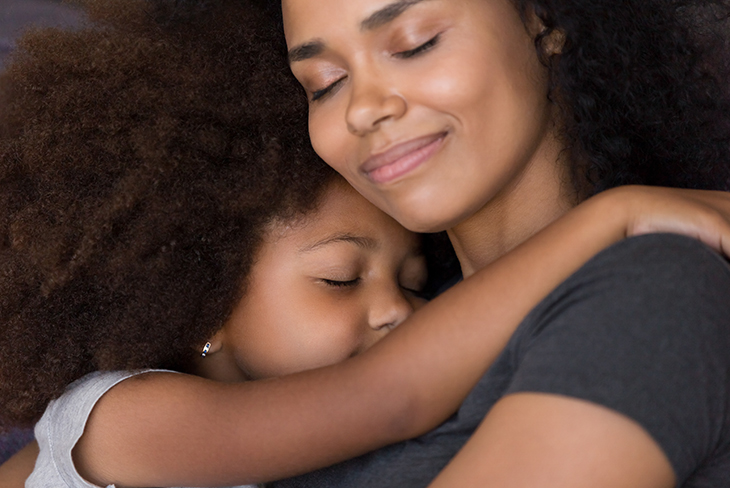6 essential child-protection rules

Children are particularly vulnerable to abuse and neglect, but there are simple rules parents can teach them to keep them safe. Follow these tips.
Parents teach children about road safety (look left, look right, look left again), car safety (always make sure you are wearing a safety belt or you’re in a car seat) and water safety (don’t play near water without an adult present), but is body safety part of those child-safety tips?
Child protection is everyone’s responsibility so that the child can grow up in a safe environment and reach their full potential, yet, according to the Children’s Institute, as many as 500 children die annually from abuse and neglect, while crime statistics show that 985 children were murdered in 2017/2018.
During National Child Protection Week (31 May – 7 June) there is more pointed focus on child safety, but this topic should be part of every parenting conversation from early in a child’s life. Here are 6 rules you can teach your child.
#1 Use the correct name for your body parts
There are many useful charts that correctly name all the parts of the body (preferably in the child’s home language) and this can be reinforced when the child is having a bath or getting dressed. Start the conversation early so that it becomes completely natural – if there is ever inappropriate conduct towards the child, it will be much easier for them to explain. Children are very literal, so it’s easy to get confused if you’re not specific.
#2 Teach them that body parts are private
Start by offering a clear definition of what ‘private’ means so that you can reinforce the message that your private body parts are not for everyone else to see. Explain that if the child is ill, a doctor might need to see them and examine their body, but Mommy or Daddy will be there so they feel safe. Setting boundaries early on is important to normalise the correct behaviour and protect them from harm.
#3 Make sure the child can distinguish between safe and unsafe
Experts suggest that a good way to make the distinction is to talk about the feelings associated with feeling safe (happy, comfortable, free) versus unsafe (scared, anxious, sad). Identifying with the different emotions should help to immediately alert the child to the possibility of stranger danger, or being in a situation that could put them in harm’s way.
#4 My safe people
The child should understand that nobody has the right to touch or see their private parts. It’s also not appropriate for someone else to show them their private parts – this includes photographs or images on an electronic device. Parenting website Motherly suggests that from the age of 3+, you and your child together identify three to five trusted adults the child could tell if they feel their personal safety is being threatened in any way.
#5 The potential danger of secrets
There is a delightful mystery associated with secrets and a surprise reveal, especially for a child. However, children need to know that keeping a secret about an incident or experience that made them feel sad or uncomfortable is not a good surprise. They should always tell a trusted adult, or one of the people they identified as ‘safe’, in this situation.
#6 Use your voice
There are many empowering words you can teach a child, but there are none more powerful than an emphatic ‘No!’ and ‘Stop!’. If the child feels threatened or unsafe, or if someone touches them in a way that is inappropriate and makes them feel uncomfortable, they should use their words. The child should know that regardless of their age, their body belongs to them and nobody can or should take away that ownership.
The information is shared on condition that readers will make their own determination, including seeking advice from a healthcare professional. E&OE. Life Healthcare Group Ltd does not accept any responsibility for any loss or damage suffered by the reader as a result of the information provided.

